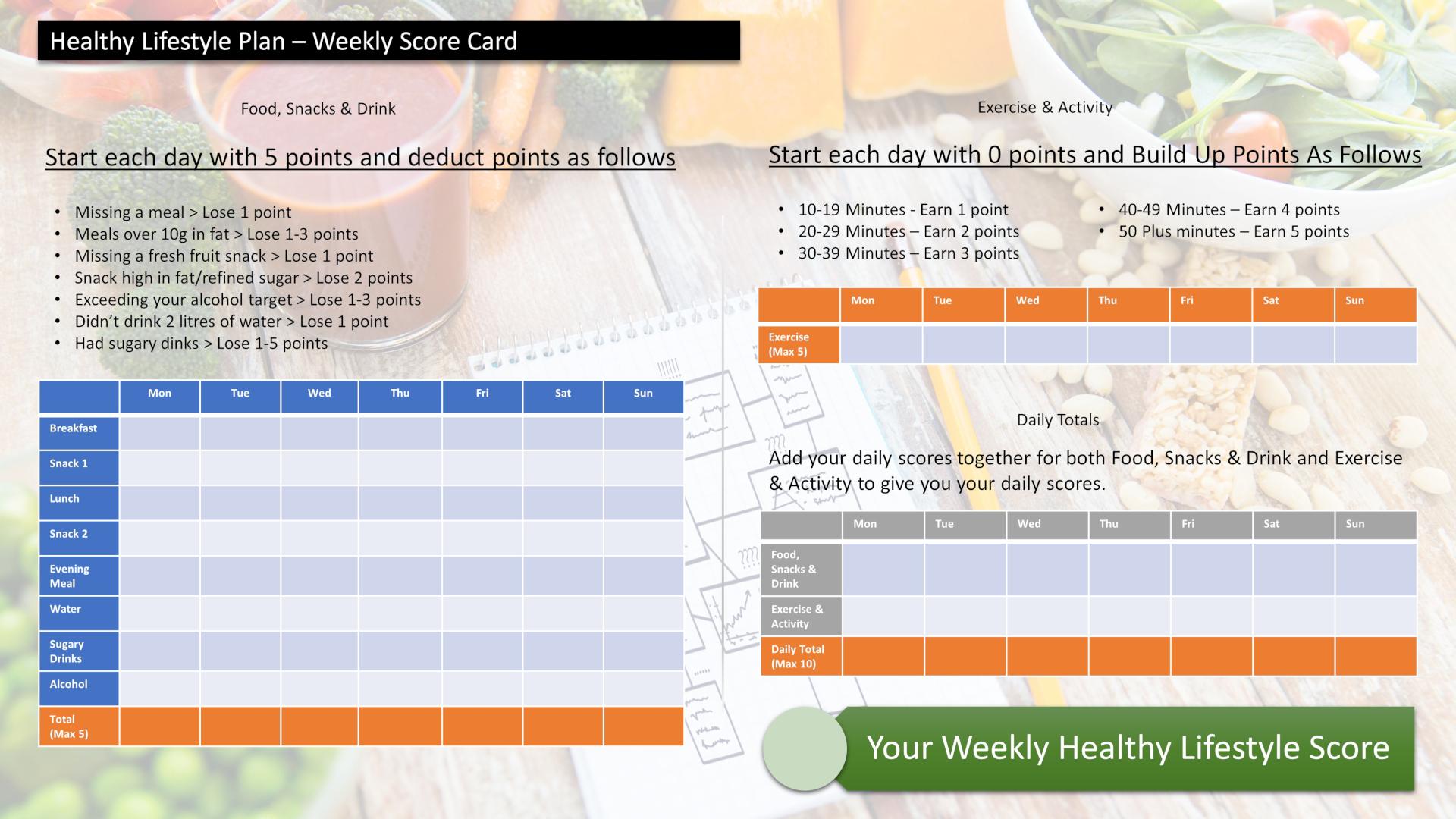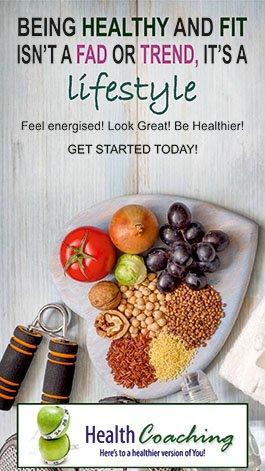Developing healthy eating habits is simpler than you may have thought if you make the transition to healthy eating slowly but surely. Daily healthy eating begins with fresh food simply cooked, lots of fresh vegetables, salads and fruits and smaller helpings of meat, fish, poultry, seeds, nuts, pulses and wholegrain. You also need to drink plenty of water.
Keeping a daily food journal of everything that you eat and drink helps you to recognize when you overeat. Until you actually write it all down, you sometimes don’t realise just how quickly the calories add up. It is also a good idea to plan your shopping so that you buy only healthy foods and don’t get led astray by all those tempting sugary, fattening products waiting for you down the aisles.
All of the food we eat can be divided into five groups.
Fruit and vegetables
These should make up about a third of your diet and can be eaten as part of every meal and also as snacks. You should eat at least five portions of fruit and vegetables every day. They provide essential nutrients such as vitamins and minerals and contain fiber and many other compounds associated with good health.
Bread, rice, potatoes, cereal and pasta
This group should make up another third of your diet. These foods contain starchy carbohydrates providing your main source of energy. Choose the wholegrain varieties where you can as they are rich in fibre and other nutrients and you may have a reduced risk of certain cancers, diabetes and coronary heart disease.
The following third of your diet is made up of three groups containing foods that need to be consumed in smaller proportions than the other two groups. These food groups also contain nutrients essential to your diet, so it’s important not to leave them out completely.
Meat, fish, eggs and beans
This food group includes both animal and plant sources of protein, which helps build, repair and maintain all your body tissue.
Milk and dairy foods
These should be eaten in moderation because of their high saturated fat content but they are an important source of calcium which is essential for healthy bones and teeth. Choose low fat or reduced fat versions where possible.
Foods containing fat and foods containing sugar
This group makes up the smallest section of your diet and should be eaten sparingly, if at all. It includes foods such as oils, sweets, cakes, biscuits and sugar rich drinks, including alcohol. They are high in calories and contain very few nutrients. Foods from this group are also high in saturated fat, sugar and salt, all of which are associated with an increased risk of developing certain diseases. However, fats are essential in your diet for proper nerve function, but should be in polyunsaturated or monounsaturated form, such as olive oil or sunflower oil.
Research has shown that following a healthy eating plan can reduce the risk of developing high blood pressure and can lower an already elevated blood pressure. It can also help to prevent certain diseases known to be related to diet and nutrition, particularly heart disease, stroke, high cholesterol, diabetes and obesity.
Eating healthily does not mean food has to be boring. There are lots of healthy yet tasty recipes to choose from. A healthy eating plan should be enjoyable, delicious and family friendly, and generous and flexible enough to stick to for the long term. You will feel great with lots of energy, look slim and trim and be physically fit and active and you will have the motivation to continue along this path for a lifetime.
Paleo Recipe Book – Brand New Paleo Cookbook
Score Your Way To Good Health - With Our Healthy Lifestyle Plan
Score your way to good health with our healthy lifestyle plan and it's unique 70 point weekly scorecard!




I guess the frustrating thing in changing to a healthier lifestyle is those around you. My partner is a long-term junk food lover and has the type of eating habits that could turn me into a ten tonne truck of a human. But he is hugely active with his work and in his hobbies, where I am not.
Trying not to be tempted by his snacking and trying to get him to cook healthier meals and give me smaller portions, is a challenge. Having lived with my Personal Trainer brother I know how to make the changes, I am just struggling with having the will power to stick to them.
My change in living situation and job, mean late night dinners due to longer working days, which certainly does not help me either.
Your blog is hugely helpful though, and hopefully will give me some much needed ‘support’ in keeping ‘on the wagon’ of living the healthy lifestyle I would like to.
Louise i sympathise with your difficulties. Although of course it wouyld be so much easier for everyone under your roof to be following the same as you, of course, as in your caseits not always possible. So you have to truly want this, and set yourself firm targets, and have a reason for doing it that will provide you the willpower. My promidse to you is this blog will continue to support you on this journey.